Can diabetics eat rice?
Dietitian small sugar to answer for everyone. Rice can be eaten by diabetics, but it is not suitable for diabetics to eat, and sugar lovers should eat less.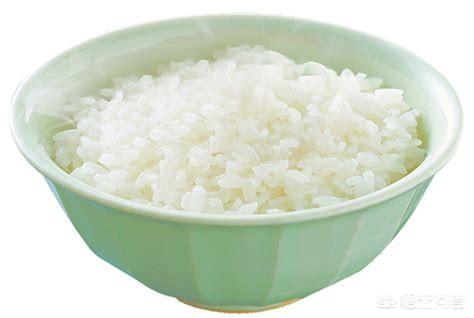
Why is rice not suitable for diabetics?
1. Low fiber content, not strong sense of satiety, hungry fast after eating. The glycemic index GI value of glucose is 100, and the glycemic index GI value of white rice is 83, and its glycemic speed can be imagined. It is because of the fast glycemic, so the drop is also fast, it did not take long to be hungry.
2. High calorie and single nutrition. Rice was originally a nutritious food, but in the processing of its grain gluten is polished, a large loss of nutrients, leaving only carbohydrates and a very small amount of minerals, proteins, fiber and so on.
3. The softer the rice is cooked, the faster it will increase in sugar. Even if the sugar lovers want to eat rice, also try to eat hard, cold rice, too hot too soft rice glycemic very quickly. The nature of this soft rice is similar to drinking white rice congee, and it will increase sugar fast and hunger fast.
So, diabetics are not suitable for eating refined round-grained rice, indica rice, but you can eat unrefined brown rice, not easy to rise sugar, but also retains more grain nutrients, is not very good taste. In addition to refined rice, more unsuitable for diabetics to eat and glutinous rice, glutinous rice with a different starch structure, faster than white rice glycemic, especially a variety of glutinous rice products, such as dumplings, dumplings, green dumplings, donkey rolls, etc., the rate of glycemic is even more alarming.
Diabetics are best to eat mixed grain rice, cooking rice put some mixed grain rice, such as oatmeal rice, buckwheat rice, barley, corn, etc., the rate of glycemic will be significantly reduced. You can also put some miscellaneous beans, such as red beans, green beans, red beans rice sugar rate dropped to more than 70. Put some potatoes can also be, such as purple potatoes, yams, potatoes, etc., can be mixed with rice and cooked, as a staple food to eat.
Like us if you agree with Sugar's answer, and we'll share more about the diabetes diet in a later Q&A!
Just like normal people, diabetics need to have enough energy to study and work throughout the day.
Staple food (rice, noodles) can provide most of the energy to maintain our day to day life, so the intake of staple food for the sugar lovers is also a must, the amount should also be enough, otherwise it is more likely to affect the blood sugar fluctuations.

Staple foods (rice and pasta), especially the coarser ones, are usually rich in B vitamins, some minerals, and carbohydrates (for activity), all of which are indispensable to the human body. A prolonged lack of intake of staple foods may result in B vitamin deficiencies, fatigue, poor mental health, depression, irritability, and other undesirable conditions.
Although sugar (carbohydrates, starch, etc.) is a word that should never be touched for sugar lovers, this is not really the case. As long as the blood sugar can remain stable in the case of moderate intake of sugar is allowed, through the injection of insulin or the use of hypoglycemic drugs to assist in lowering blood glucose, the use of glucose, storage of energy, to maintain stable blood glucose is not a problem. But if excessive intake of sugar leads to unstable blood sugar, high blood sugar that we should pay attention to adjust the intake of staple foods, fruits, avoid sweets.
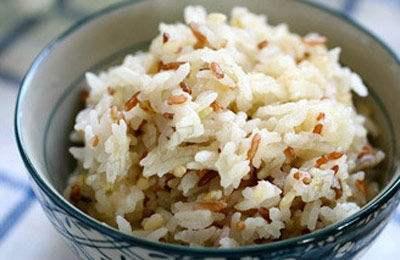
Sugar lovers need to get energy and nutrients from the main food, but also to do a smooth fluctuation of blood glucose, you can choose to add dietary fiber-rich coarse grains and beans, potatoes in moderation instead of part of the main food, so that not only to supplement the energy, but also to increase the diversity of food, but also to smooth the blood sugar, slowing down the rate of rise of blood glucose.
Eating your main meal with a mixture of vegetables, meats, and beans can also be effective in slowing down the rate of blood sugar rise.
A long, long time ago, I do not know where to see a report about white rice makes many people deeply panic. The report said: the latest U.S. research shows that Chinese women who eat more than 300 grams of white rice a day, the risk of diabetes increased by 78%.
This kind of report does also scare quite a lot of people, after all, we are eating white rice every day. In this regard, the head of the nutrition center of the Second Affiliated Hospital of Sun Yat-sen University, Chen Chaogang, said that there are many causes of diabetes.
Eating more of the modern sense of the 'three white' foods (white rice, white flour, white bread) is only one of the triggers, neither the 'initiator' nor the main cause, far less harmful than obesity, high fat intake and lack of exercise.
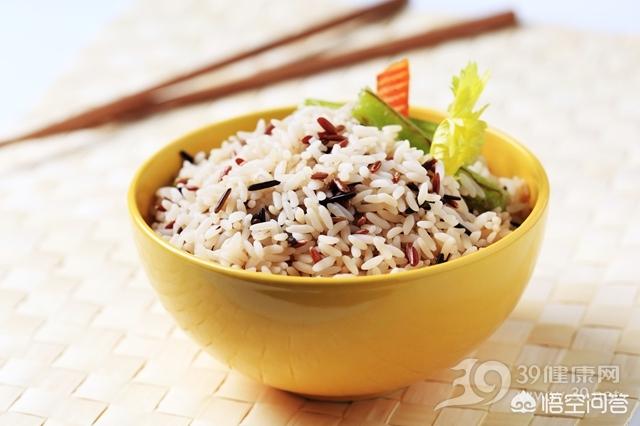
Health effects of consuming refined white rice
A U.S. study showed that Chinese women who ate more than 300 grams of white rice a day were 78% more likely to develop diabetes than those who ate less than 200 grams of white rice a day. China Academy of Traditional Chinese Medicine doctoral supervisor, diabetes experts Wang Hongcai also pointed out that the Chinese daily diet of the "three white" food is not only diabetics should eat less, normal people should also be controlled.
According to the report, the results of the study in the U.S. were obtained by tracking 64,000 Chinese women for an average of five years, recording their daily diets and other living habits. The report pointed out that often eat "three white" staple food easy to make the human body impaired glucose tolerance, which is to the transition to diabetes, a "yellow light period", if not timely intervention, it is very easy to develop into diabetes.
But we don't have to worry too much. In fact, refined white rice, white flour or with a certain amount of coarse grains can be eaten, than they are, we should be more alert to salt, sugar and lard these three traditional "three white" food.
Diabetics can certainly eat rice.
Rice is a staple food, just like steamed bread, millet and corn. Many people do not eat staple food in order to control their blood sugar. Let's take a look at the dangers of not eating staple foods:
First, due to insufficient intake of staple foods, the total calories cannot meet the needs of the body metabolism, resulting in excessive breakdown of body fat and protein, body wasting, malnutrition (decreased immunity, yellow hair, poor mental health, etc.), and even starvation ketosis. This is the reason why many sugar lovers are getting thinner and thinner.
The second is to control the amount of staple food, but not to control the fat, snacks, meat and eggs food, so that the total daily calories far exceed the standard, and excessive fat intake, so easy to complicate hyperlipidemia and cardiovascular disease, so that the dietary control failure. Moreover, the risk of cardiovascular disease in diabetic patients is 2-4 times higher than that of the general population, and more than two-thirds of diabetic patients eventually die of cardiovascular disease.
However, one should not consume rice in excess, as every 60 grams of rice (cooked weight) contains 15 grams of carbohydrates. Therefore, you should consume the right amount of rice for your portion according to your actual situation.
Although rice has a relatively high glycemic index of 83.2, we can slow down the glycemic effect of rice by eating a scientific diet:
(1) You can eat rice with mixed grains:Mixed grains are rich in dietary fiber, which can effectively slow down the rise of blood sugar.
Mixed grains to choose from: red beans, green beans, brown rice, oats, etc.
1:2-1:3 ratio of mixed grains to rice
(2) Eat with vegetables and meat dishes:A mix of foods can lower the overall glycemic index of a food.
Suggestion: eat vegetables first then meat dishes and finally vegetables and main course together.
(3) Try to make the rice a little harder before eating it:This reduces the effect of pasting.
Try not to drink congee until your blood sugar is under control. Congee has a stronger pasting effect and raises sugar faster.
(4) The rice can be allowed to cool a bit before serving:This enhances the aging effect and slows down the glycemic effect of the rice.
If you have any questions, you can leave them in the comments section and I'll respond when I see them.
The above answer is provided by Ms. Song Mingyue, a registered dietitian of MicroSugar
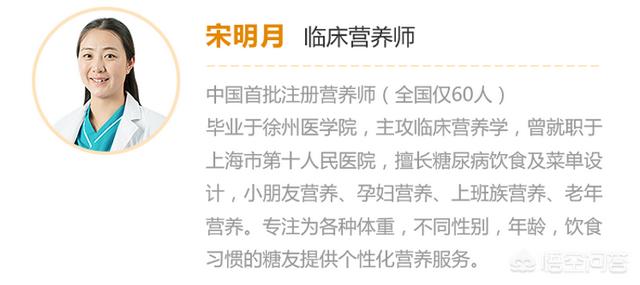
Diabetes can eat rice, it is recommended to choose one or more coarse grains with, such as brown rice, millet, black rice, etc., in accordance with 100 grams of rice in the rice in 60-70 grams, the rest into the coarse grains, so that you can slow down the glycemic capacity of the rice, and at the same time with a variety of vegetables in moderation with lean meat, eggs, together, a mixture of food to help stabilize blood sugar.
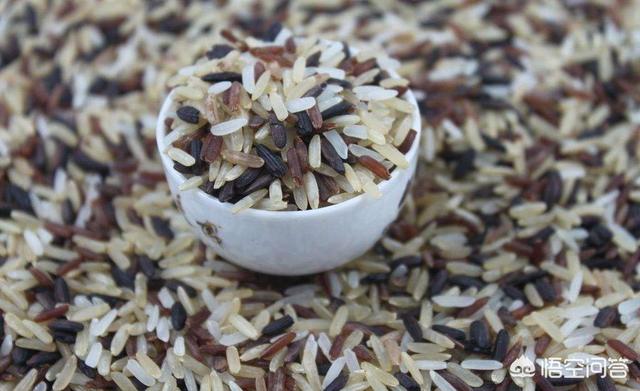
Diabetic patients should realize that it is best to quit smoking and alcohol, which is harmful to the body, not conducive to blood glucose control, and easy to induce complications. Food with high glycemic index can be eaten, but must be a small amount, low glycemic index food can not be eaten fiercely, because there is also the concept of glycemic load, low glycemic index food eat as much as will have a great impact on blood sugar.
Diabetic patients, whether type I or type II, there are drugs or insulin to help control blood sugar, not a little blood sugar can not rise. It is just that the ability of diabetes to regulate blood sugar is reduced, as long as you follow the fast-raising sugar eat less, slow-raising sugar eat in moderation, each time you eat the best several kinds of food together, eat more vegetables to increase the sense of satiety, high-quality protein can also be more intake of some, you can reduce the intake of sugar.
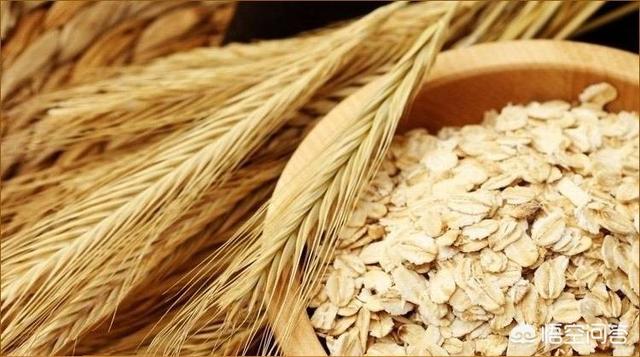
Some people have heard that oatmeal is very friendly to diabetics, they buy oatmeal hate to eat three times a day, eat a lot of oatmeal per meal, this extreme practice is even more detrimental to the control of blood glucose, although the oatmeal glycemic index is low, but overconsumption of the blood glucose load is very good, the blood glucose concentration is just as high.
With the right diet, diabetics can enjoy food just as much, only they can't eat as uncontrollably as they used to, but they can still have a good time with what they want to eat!
Of course you can eat, as a staple of rice and how can we stay away from our table, even diabetics can not eat a little staple food, perhaps it will lead to your blood sugar rise, but it is also the basis of our survival, even if we want to control the sugar, we have to meet the body metabolism on the basic needs of calories!
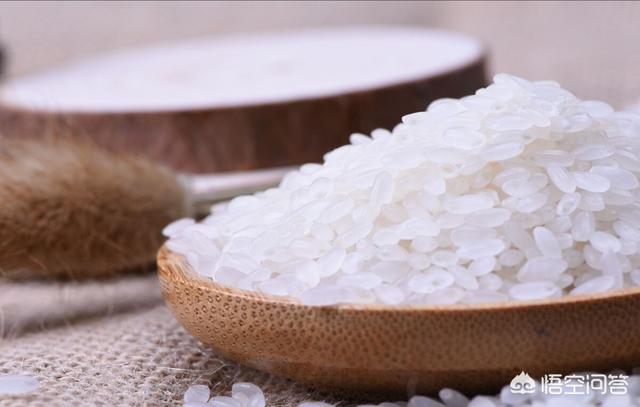
Rice (raw), per 100 grams of calories contained in 347 kcal, while per 100 grams of steamed bread contains 221 kcal, so it seems that the calories contained in rice than the same weight of steamed bread is also high, but the way we eat rice does not include raw, according to the custom, we will cook the rice into a rice to consume, due to the invasion of moisture in the cooking of rice, so that the rice particles expand, the weight increases, so Compared with the same weight of rice (raw), the number of grains contained in rice is significantly less, and naturally its calorie content will also be reduced.
Each hundred grams of rice has only 116 kcal, which is one-third of the same weight of rice (raw) and one-half of steamed buns, so rice is more suitable for diabetics;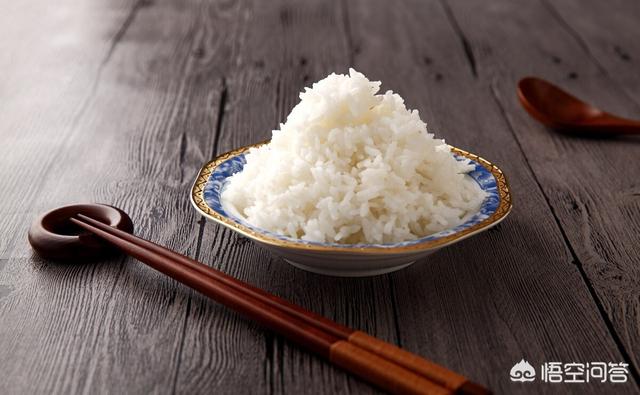
Of course, there are a couple of other things we need to be aware of:
To control the amount of food, even if the rice contains fewer calories, but also can not eat openly, eat too much blood sugar will be as high;
Don't steam the rice for too long, try to keep the grain intact and granular, the longer you cook it, the more viscous the rice becomes and the more powerful the effect on blood sugar will be;
When eating rice, it is best not to eat it too hot; the higher the temperature, the more easily its sugar is absorbed and the greater the fluctuations in blood sugar will be!
So, diabetics can eat rice, we just need to pay attention to the amount of intake and the way of consumption!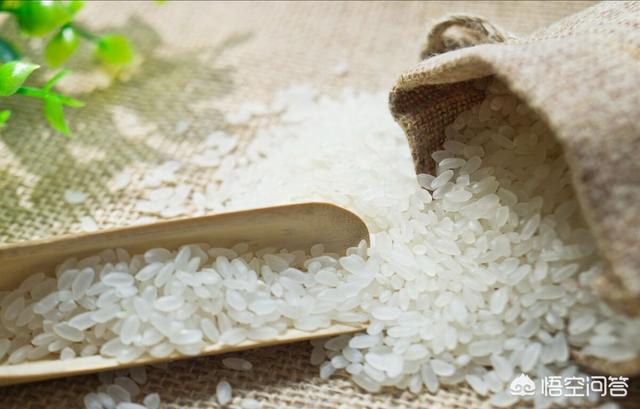
The above is purely a personal opinion!
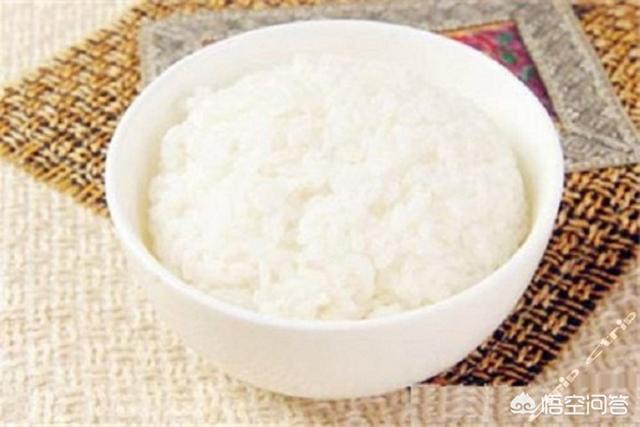 Of course you can eat, there is a saying that "people are iron and rice is steel, a meal does not eat the panic of hunger", diabetic patients certainly need to eat, and to eat well. The reason why many diabetics do not dare to eat rice and noodles, in fact, is a misunderstanding of diabetes dietary control.
Of course you can eat, there is a saying that "people are iron and rice is steel, a meal does not eat the panic of hunger", diabetic patients certainly need to eat, and to eat well. The reason why many diabetics do not dare to eat rice and noodles, in fact, is a misunderstanding of diabetes dietary control.
Diabetics are meant to control their diet to avoid high blood sugar, but not in terms of what they eat or don't eat in terms of food choices, but rather in terms of restrictions on total calorie intake. All the food we eat contains three main categories of nutrients, carbohydrates, fats and proteins, which are converted into calories and utilized by the body.
Carbohydrates are mainly broken down into glucose and enter the bloodstream, which is often referred to as blood sugar. From a nutritional point of view and the needs of the human body, the three main types of nutrients for the body to provide calories are 60-65%, 20% and 15%, so people must eat enough carbohydrates every day.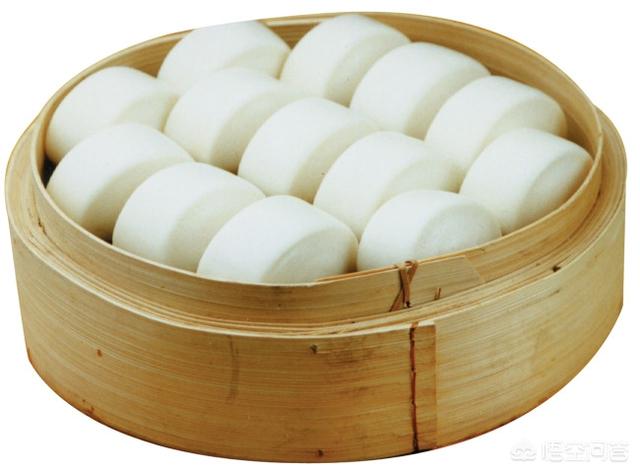
And staple foods such as rice and noodles contain a lot of carbohydrates, which provide enough calories for the body and are necessary to eat every day. So for diabetics it's not a question of whether you can eat it, but how much. We will teach you a simple algorithm to see how much rice you can eat every day.
First look at what your weight is, and second choose a standard that works for you based on the unit calories below, in terms of the amount of work and activity you do each day.
For light manual workers, 25 kcal per kilogram of body weight per day
30 kilocalories per kilogram of body weight per day for a moderately physically active worker
For heavy physical workers, 35-40 kcal per kilogram of body weight per day
For example, if a male, weighing 70 kilograms, is engaged in office administration, and calculating on the basis that each kilogram of body weight requires 30 kilocalories, the amount of rice that he can eat in a day is: 70*30*0.6/200=6.3 taels, which means that he can eat about 6 taels of rice per day, and this 6 taels refers to the weight of raw rice.
It should be noted that, in eating rice should be more with vegetables, and eat the rice is not too soft, too hot, eat a mouthful of vegetables eat a mouthful of rice, and do not eat too fast. It is important to know that diabetics are not by not eating staple food to starve themselves to control the diet, is to eat well on the basis of not excessive, which is the scientific control method.
I hope this answer can help you, welcome to click on the attention and leave a message, together to learn and exchange more health knowledge.
I'm "The Medical Encyclopedia of Health.", it is a pleasure to discuss this diabetic concern with you.
Diabetics can certainly eat rice. There is no doubt about it.

Diabetes mellitus is an endocrine disease caused by a lack of insulin secretion, and is categorized into primary and secondary depending on the cause.
Primary is mainly caused by heredity and so on; secondary is mostly around 40 years old, and acquired due to obesity, hypertension, high blood fat and other diseases, but now this age of onset has advanced quite a lot, and some people around 30 years old have already suffered from diabetes.
Diabetic patients who eat rice need to pay attention to the following main points:
I. Control the amount of rice.Rice serves as one of the most important sources of staple food for the body, providing the necessary energy for the body's metabolism. However, as the main components of rice are carbohydrates, the protein in rice is mainly rice-refined protein with a more complete amino acid composition, which is easily digested and absorbed by the body. Raise blood sugar faster, so be sure to control the amount of rice. Don't exceed about 2 taels in a meal.
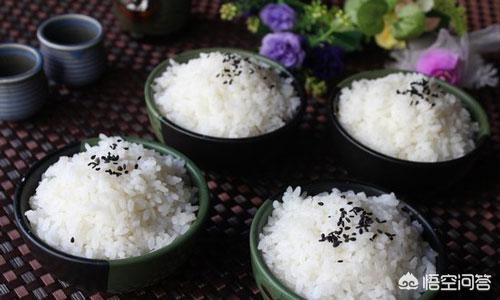
II. Adjusting the structure of rice composition. Add an appropriate amount of oats or buckwheat to the rice, these substances can play a role in lowering blood sugar. Oats, in particular, are rich in amino acids, multivitamins and other ingredients, which are satiating and can also play a role in lowering fat.
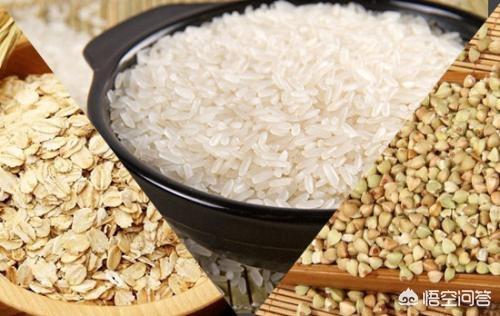
Third, moderate exercise after meals.If a diabetic occasionally goes overboard at a particular meal, it is important to increase exercise after the meal, such as brisk walking, to burn off the extra calories.Adhere to the five driving force scientific therapy, standardized treatment.
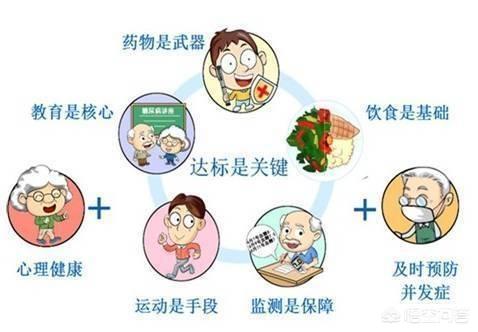
In conclusion.Diabetics can eat rice without fear, as long as they pay attention to the amount of control, adding mixed grains in moderation will keep your blood sugar within a reasonable range.
Can eat any rice and flour food, just can not fill the stomach, such as hanging noodles can eat thirty, can be full? There are enthusiastic people (can only be called "enthusiastic", in fact, he does not understand, but also a patchwork of "knowledge") to guide, plus coarse grains, plus mixed grains ...... he did not know that thirty pieces of The pasta is already the bottom amount, and then add sugar-boosting foods?
Rice with resistant starch has a glycemic index of 3 moles per meal up to 150 grams.
It is necessary to eat. In order to control blood sugar can not not eat staple food, but need to control the amount. Specifically how much of their own Baidu can not say in a sentence or two, probably a bowl of rice, including all high starch content are considered staple food. Vegetables can be eaten more, meat about the size of two fingers (the amount of a day)
The Days of the Dervishes
This question and answer are from the site users, does not represent the position of the site, such as infringement, please contact the administrator to delete.